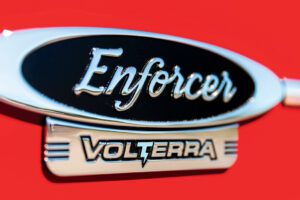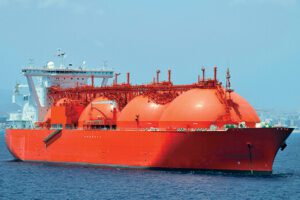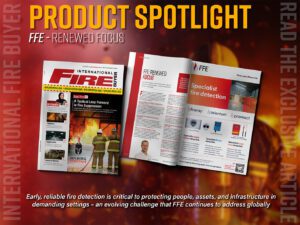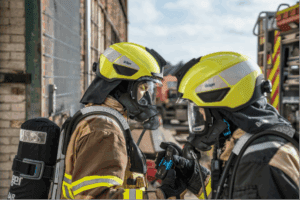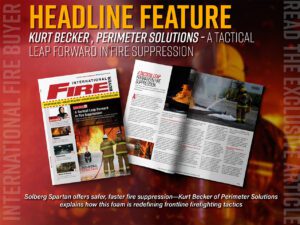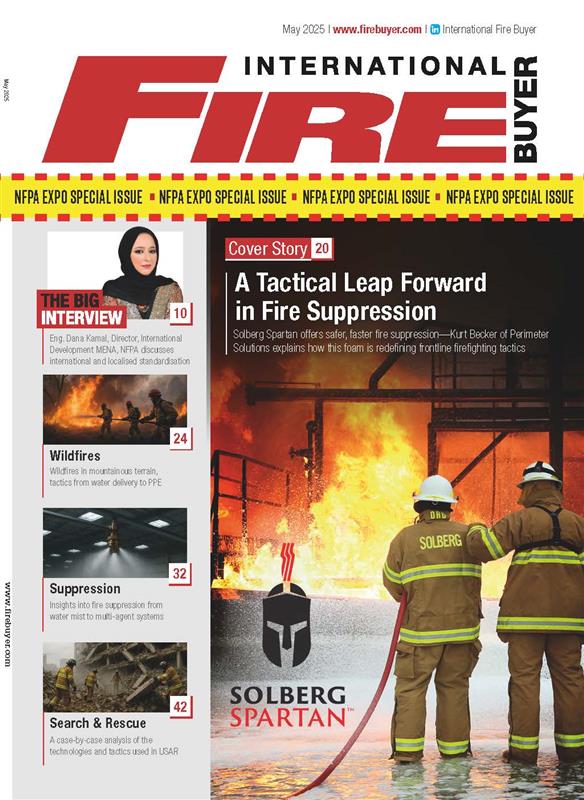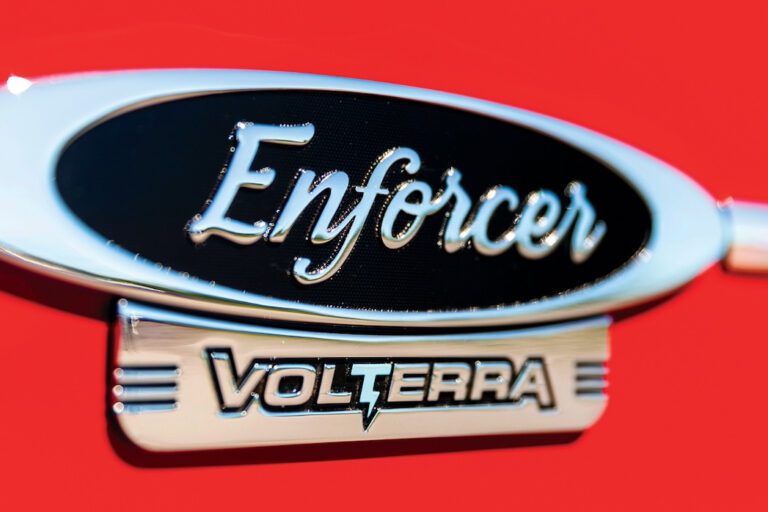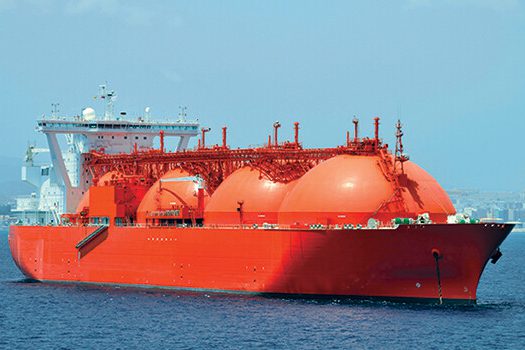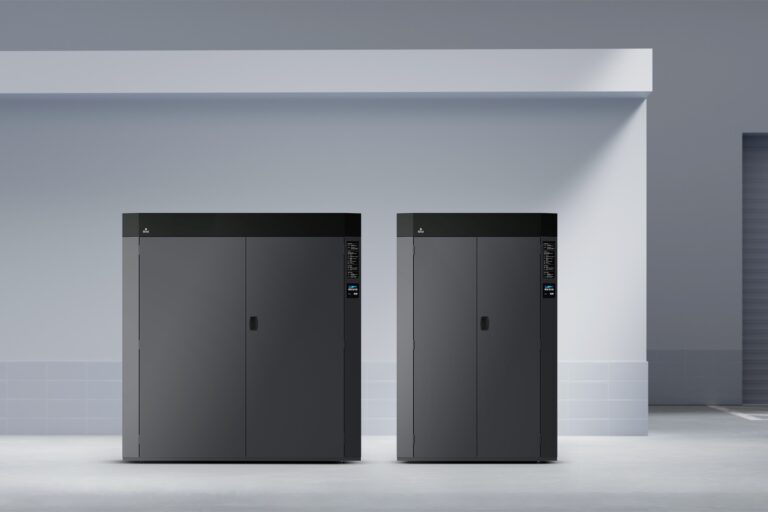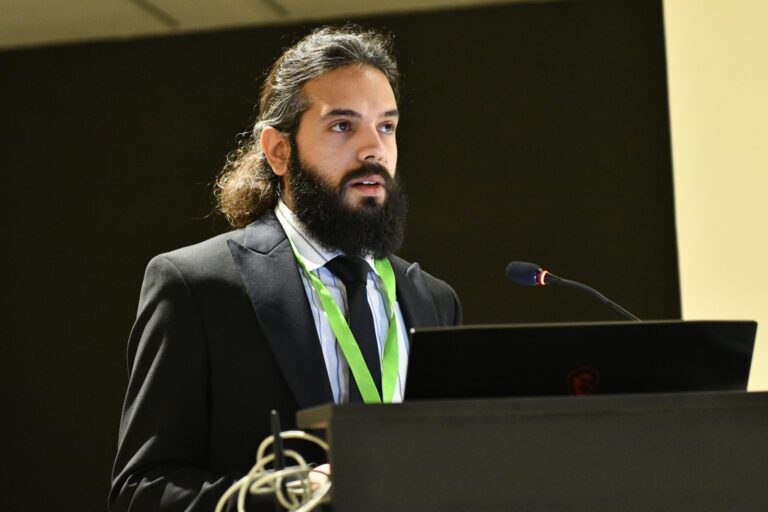Mark Fletcher looks at the effect of environmental legislation on fire-fighting solutions, especially fluids and delivery systems. He also quizzes Bart Goeman, Business Development Manager for Novec™ 1230 Fire Protection Fluid at 3M, who explains how this has been addressed by 3M and its technical partners.
With 3M recently announcing that it has become a member of the Construction CPD (Continuing Professional Development) Certification Service and can now offer a one hour CPD certified training course covering the topic of Sustainable Fire Suppression options, I took the opportunity to speak with Bart Goeman about the industry, past, present and a little bit future.
The aim of the 3M CPD course is to support buyers, designers and providers of fire suppression systems, by presenting up to date information about clean agent fire suppression options, taking into account the changing regulatory landscape. Attendees will be able to earn one CPD credit as part of their on-going professional development.
According to Goeman’s colleague, Simon Mitchell, Key Account Manager for the Electronics Materials Solutions Division: “Fire suppression is a necessity for organisations of all kinds, to protect human life and to protect valuable equipment and other assets. However, recent environmental legislative changes, and the need to ensure that the right system is installed for the right application, means that fire suppression can quickly become a confusing and complex topic. Our aim is to simplify and improve understanding, both for users and providers.”
Goeman explains the wider picture: “Originally, we were working with a set of products called PFCs – specifically CEA-410 (clean extinguishing agent). At the time, like all PFCs, we knew that it had an impact on global warming and we were therefore following regulations very closely and we kept a strict eye on the Kyoto agreement, which was becoming more popular. Deciding on a proactive approach, we actually decided to stop the use of these agents in fire protection in 1999.
“This proved to be the right strategy,” he explains, “as we all now face legislation introduced due to Kyoto, which focuses on phasing down use of HFCs as well in all markets, including their use in fire protection. Indeed, the Spanish Government has actually gone as far as introduced an environmental tax on the use of HFCs.”
As you can imagine, 3M had a plan and was fortunate to have in its inventory fluoroketone 5-1-12 – better known as Novec 1230 – a ‘side product’ from its thermal management research. Novec 1230, as it turns out, is incredibly good at putting out fires, meets all the necessary standards and offers the highest safety regulations for people for any fire fluid available on the market.
“Novec 1230 offers excellent environmental characteristics for now and the future,” Goeman elaborates, “with a global warming potential of less than 1 coupled to its very short atmospheric lifetime of just five to seven days. It is also accepted in every country.”
The use of Halon was incredibly widespread and research into delivery methods was commensurate with its widespread use. However, thanks to a much better understanding of atmospheric chemistry it was removed from sale and Halon delivery systems had to be decommissioned by the end of 2003. As a result, investigations into the use of alternative engineered agents and fire extinguishing agents has exploded, especially in terms of research and development. System design has also had to evolve to take into account fluid types, the storage possibilities and the means of delivery and dispersal.
“My personal view is that inert gases, Novec 1230 and water mist will ultimately take over the market” Goeman elaborates. “System design for the delivery of clean extinguishing agents (those that do not leave a residue) has clearly evolved over the past 12-13 years to more compact, user-friendly systems. The focus has been to develop systems that can be stored centrally and then support/protect different rooms. This used to be the monopoly of inert gas systems due to high storage pressures, but extensive R and D efforts have now seen the possibility of centrally stored delivery systems using Novec 1230 Fluid.”
The design of a system is largely driven by standards – EN15004 in the EU for example – which defines what a system using an engineered agent looks like. “These standards are going to be translated by approval bodies,” Goeman explains, “to define certain fire and system test protocols and it is up to the system manufacturer to then address these protocols. The better the system is optimised to the agent the better the system will fit the standard. Leading companies are really working hard to optimise systems to make sure all components work well together and the calculations match the exact system needs. When they are all put together and subjected to standards-based evaluations the results will ultimately define the efficacy of the system.”
Goeman explains how 3M keeps a strict eye on Novec 1230-based systems. “We really want to make sure that the systems out in the market function correctly, we therefore demand from our OEM partners that they subject their systems to international approval. We want to make sure that the valve, manifolds, nozzle, software, etc. have all been tested together and only these systems can be deployed to the market.
“This is about safety of people,” he continues. “Systems using Novec 1230 are used in ship engine rooms, for example, so you need to be 100% sure that the system works. There are always conditions where an accident can occur, with no pre-alarm; you have to be sure that when activated, it will work.”
When it comes to the design of delivery systems, Goeman elaborates on how a change in media type has resulted in a change of mind set. “Most systems using halon ran at 25 Bar, with relatively simple nozzles as gaseous agents boil at negative temperatures, so you didn’t have to have a really high level of nozzle design. Novec 1230 on the other hand is a fluid at room temperature, which is actually beneficial for a number of reasons, including simpler handling as it looks like water, there is no danger of explosion and it can be shipped by air in plastic containers.
“Delivery nozzles do need to be more sophisticated,” he admits, “with finer holes needed to create the necessary friction on a gas/fluid mixture to completely gassify the agent. You need a certain diameter of holes – defined by software – another reason why we want to make sure manufacturers have tested their system in front of a relevant standards authority to ensure that the equipment used in combination results in the proper gassification of the agent.”
There are also evolutions in terms of the storage and pressurisation of liquid systems, with systems now available up to 50 Bar. “The higher the pressure, the further the throw,” Goeman explains. “Also, with 25 Bar systems, the furthest distance between the bottle and the nozzle is about 10 m; with 50 Bar systems this can be up to 100 m. This means central storage facilities are a real possibility. Systems can then be designed in such a way that the volume of gas that you have is suitable for the largest room; a smaller room will then only consume a smaller amount. This is a much more economical solution and is also better in terms of maintenance.”
There is no question that the industry has seen a bit of an evolution in terms of fluid and equipment development, but the long-term prognosis is of a relatively calm playing field, which will further enhance the delivery methods for water, Novec 1230 and a variety of inert gases. With just one variable – improving delivery – I have no doubt that this will not be the last we will hear about this technology in terms of innovation and breakthroughs.


